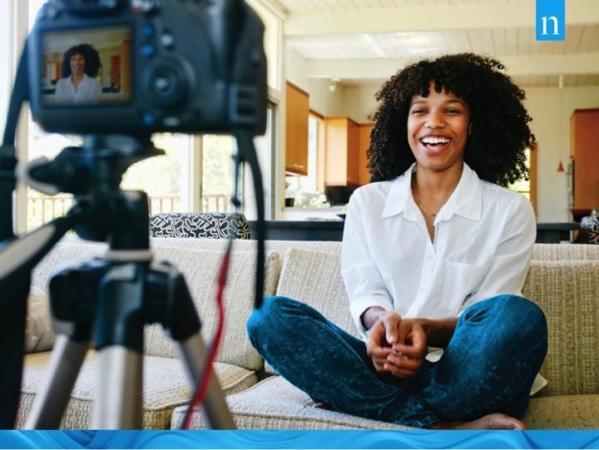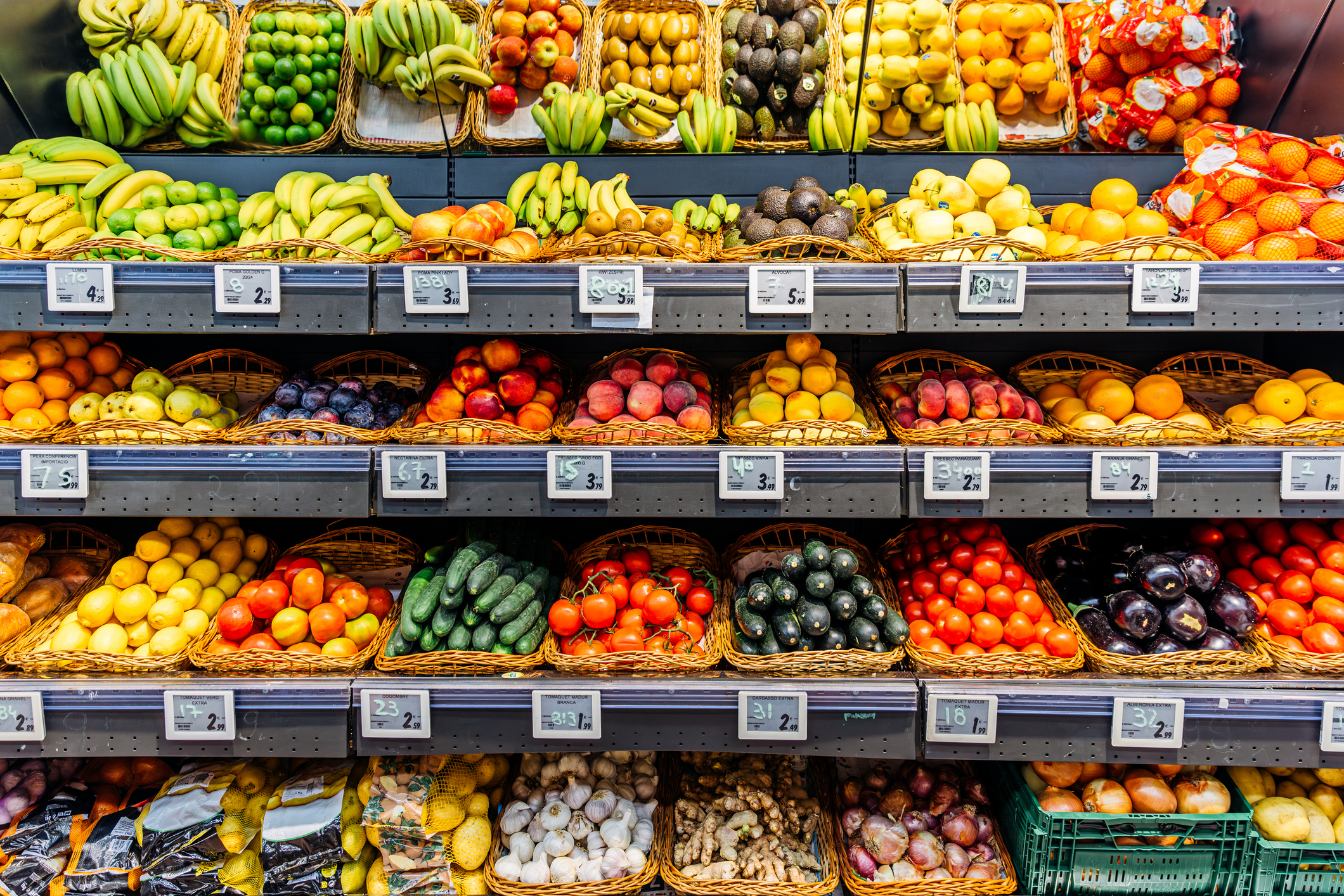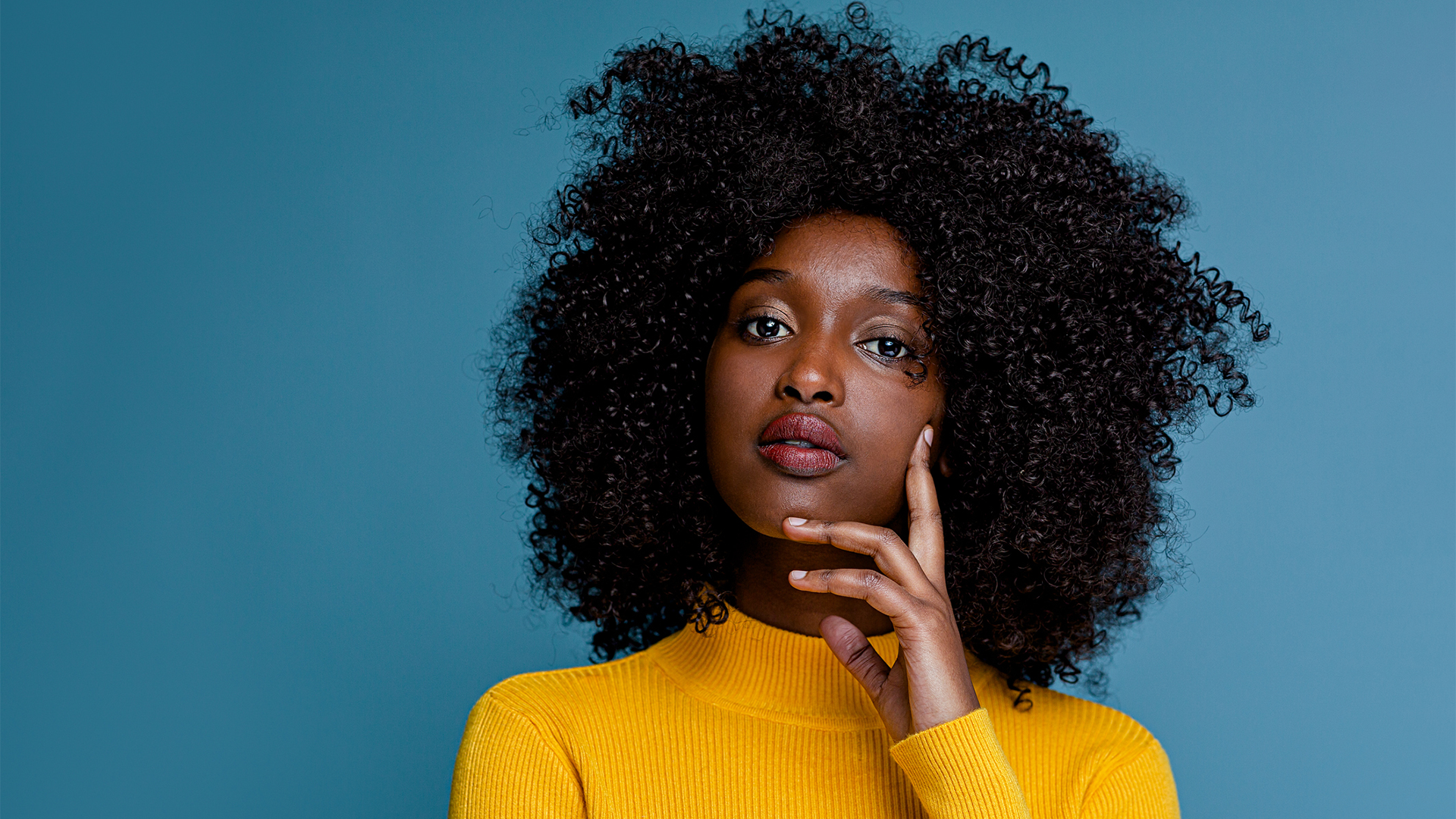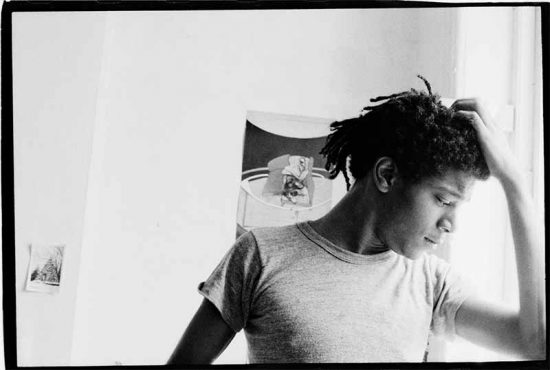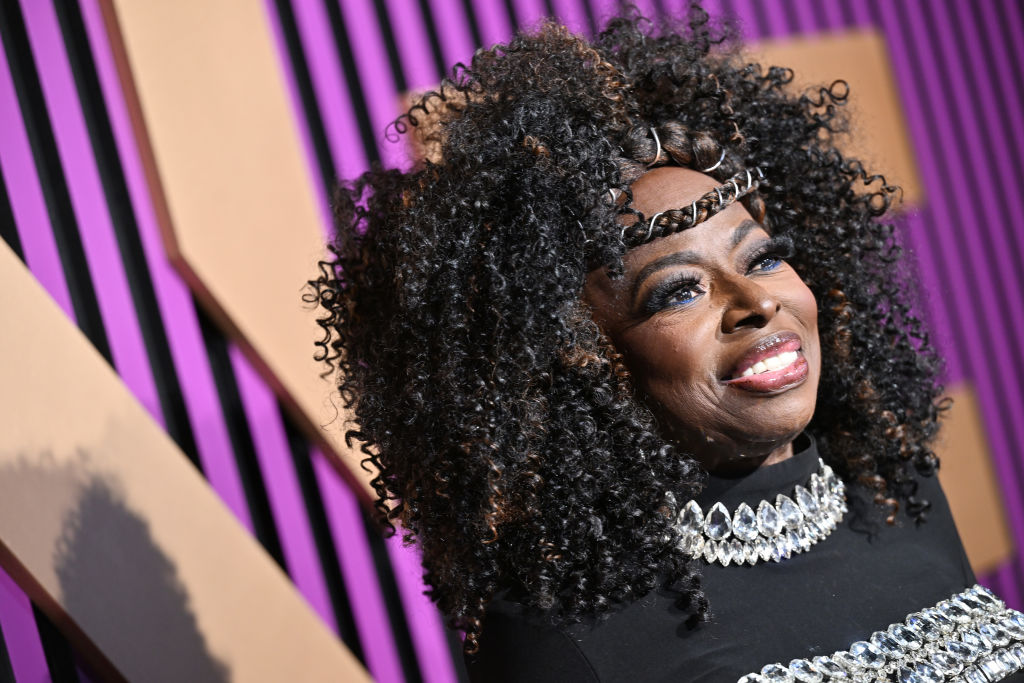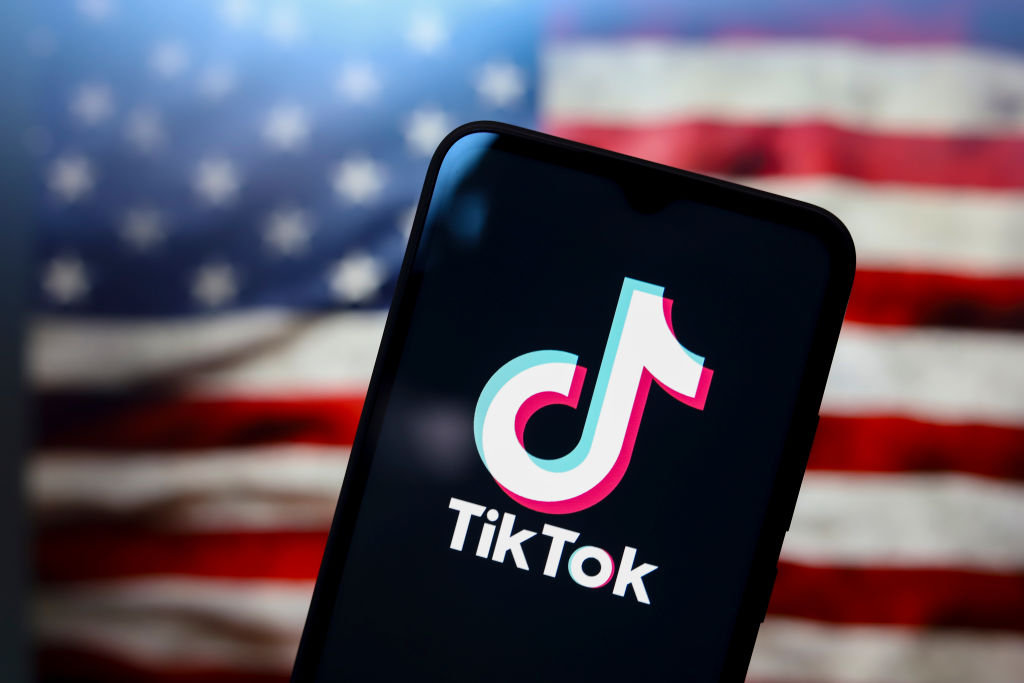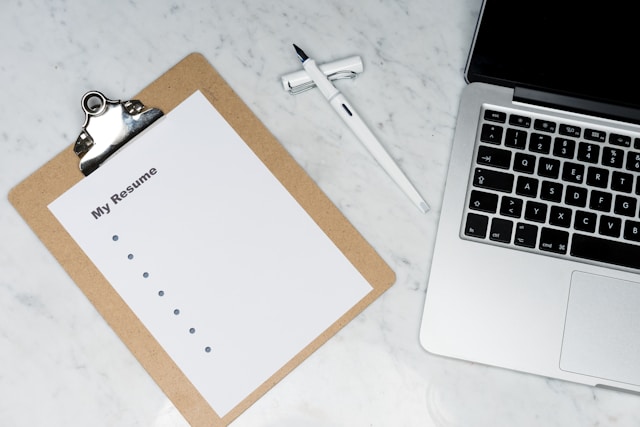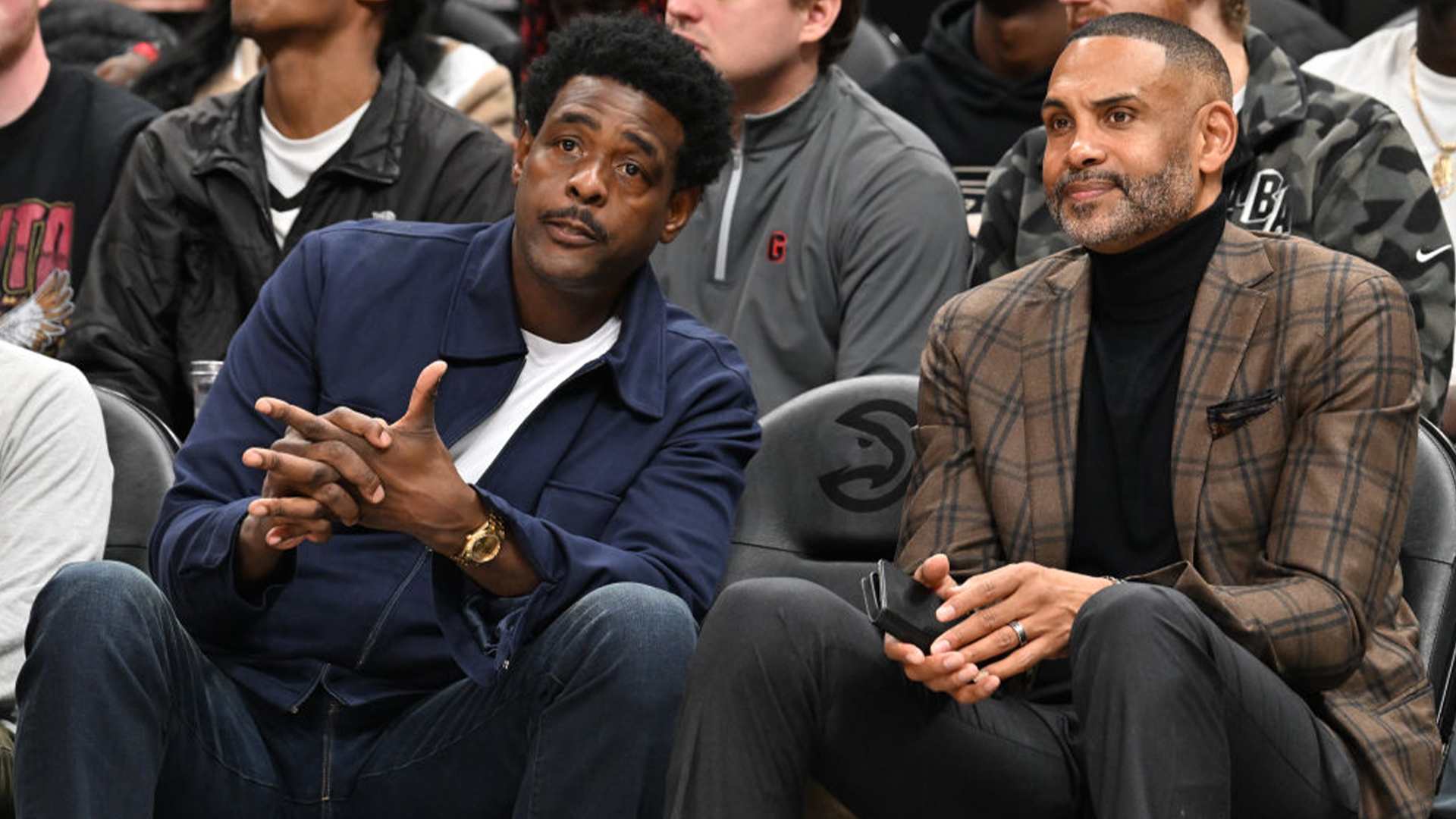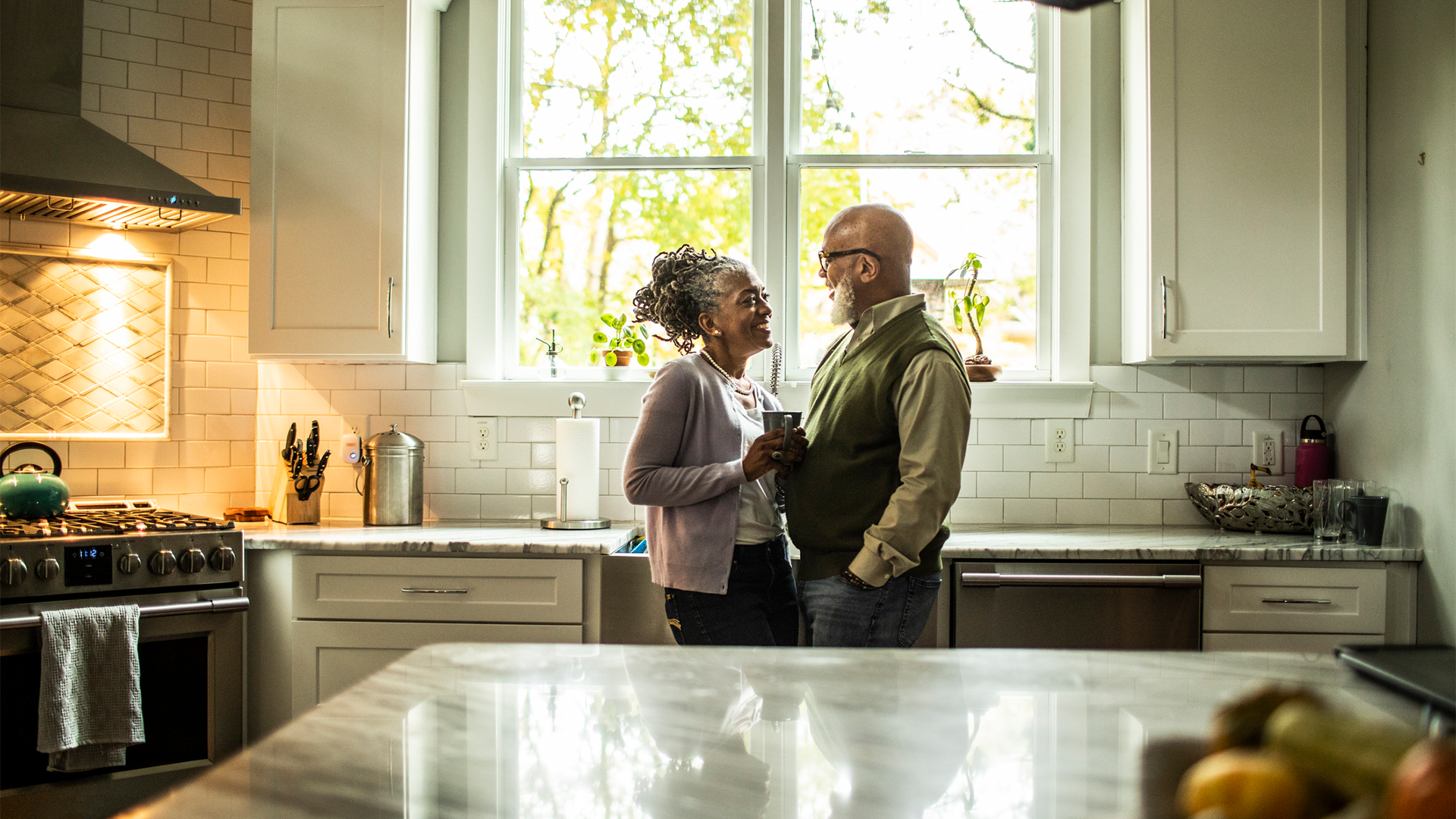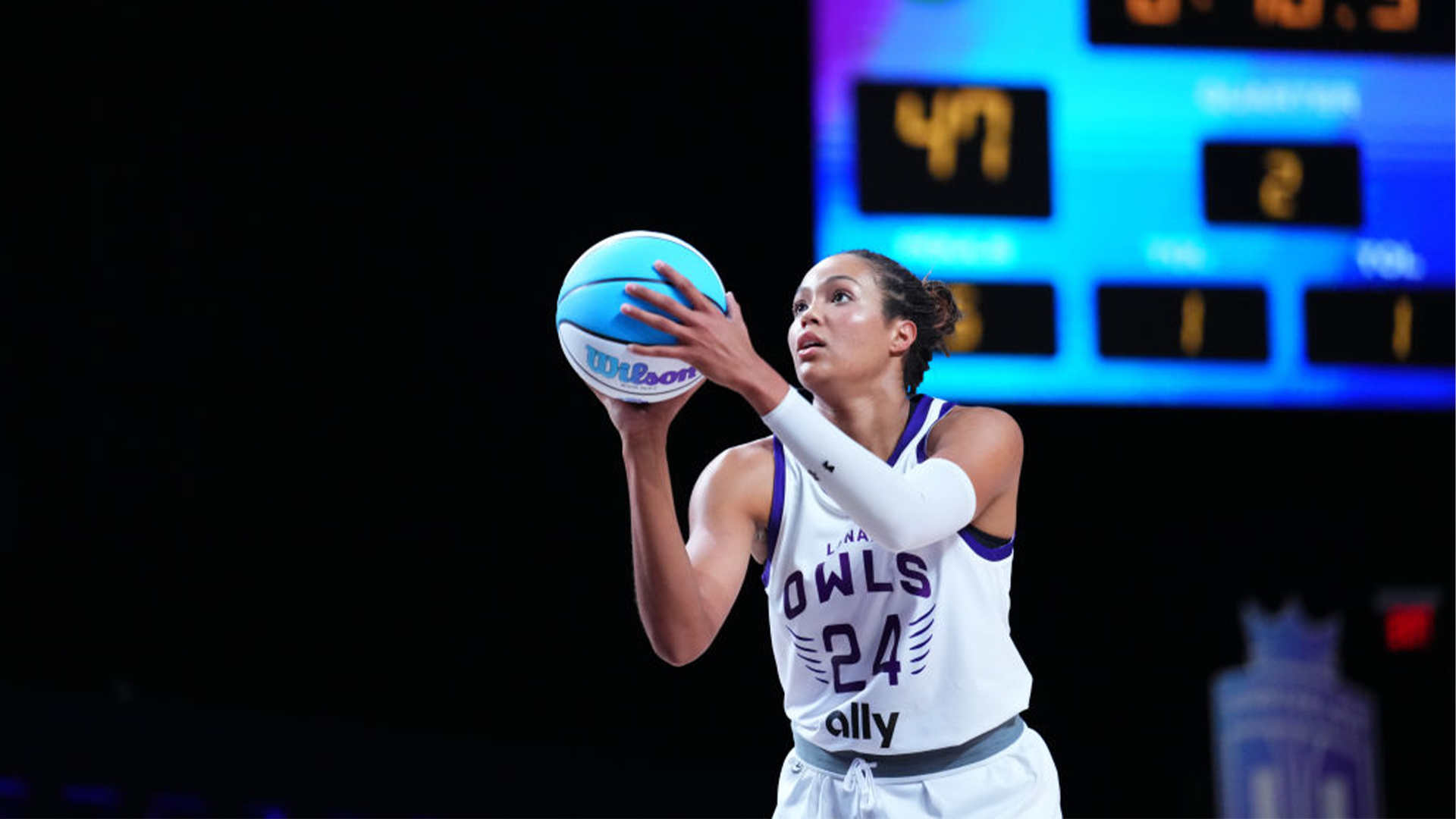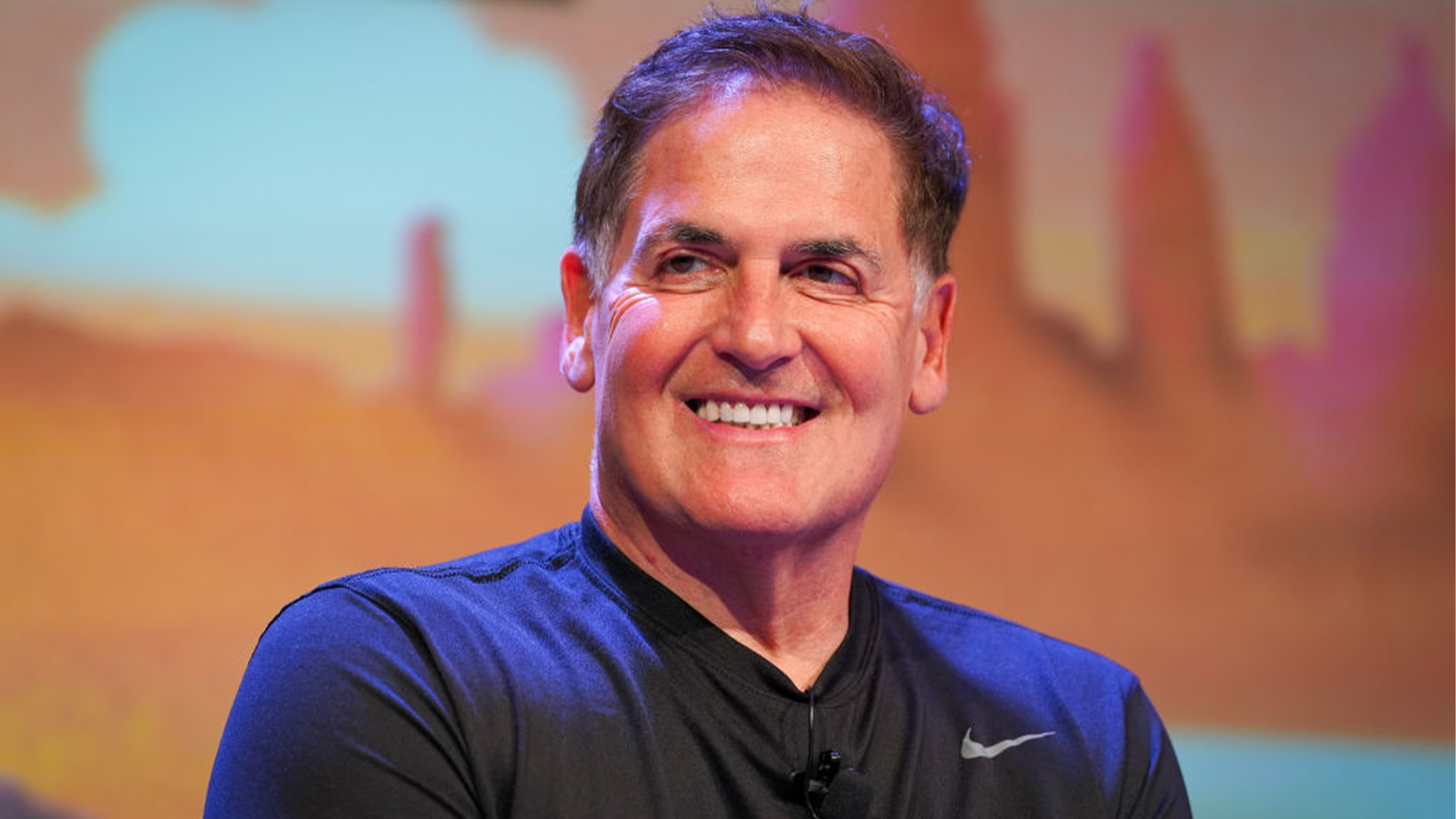Black culture is taking over the digital world with its rising popularity. From fashion, sports and music, its influence is pouring over into every facet of American lifestyle consumption.
With the rapid increase of Black influence in social media, such as subgroups like Black Twitter and other cultural platforms, Black Americans are filling in the gap that brands have long neglected. We are steadily bypassing barriers by utilizing online platforms to share and control our own content through podcasts, music, film, entertainment and education.
Due to the strong presence online of Black influencers and professionals, brands are taking notice of the needs, interests and concerns of this demographic due to the large buying power. African-American buying power was $1.3 trillion in 2017 and the Selig Center estimates that the nation’s African-American buying power will rise to $1.54 trillion by 2022.
Nielsen’s latest report, titled “Consumers to Creators: The Digital Lives of Black Consumers,” takes a deeper dive into how building our new platforms and business models are creating entirely new Black financial ecosystems for transitioning from consumers to creators. Here are some key highlights to know from the report:
1. Black consumers are breaking down barriers by making their expectations clear to the brands they support.
Black consumers express loyalty to a specific brand if it is perceived as culturally relevant, authentic, socially conscious and responsible, Nielsen reports.
Forty-three percent of African-Americans between the ages of 18 and 34 and 41 percent of those aged 35 or older say they expect the brands they buy to support social causes.
Fifty-four percent of all African-Americans have lived their entire lives in the digital age, making the digital universe and its conveniences central to the lives of a majority of African-Americans. Since the digital world has no physical barriers, African-Americans can have influence over the latest trends and ideas no matter where they are.
2. Black buying power will soon outpace the total population.
Since there’s been an increase in the attainment of education, entrepreneurship ventures and younger people entering the workforce in the African-American population, the Selig Center estimates the nation’s Black buying power will increase to $1.54 trillion in 2022 from $1.3 trillion in 2017.
The estimate for 2022 reflects a 5.4 percent increase over 2017’s estimate of reaching $1.46 trillion in 2021.
The Black buying power increased 108 percent between 2000 and 2017, which outperformed the 87 percent increase of white buying power and the 97 percent increase of total buying power of all races combined during the same time period.
According to the graph above, Texas topped the list as being the state with the largest African-American buying power with $117 billion in 2017. New York came at a close second with $116 billion.
3. Black Americans are voracious media consumers and creators.
African-Americans are considered to be more than just voracious media consumers and there’s evidence to support that they are in control of the conversations that happen online as they are now in the position of content creators instead of just consumers.
African-Americans spend 42 hours watching TV and at least 19 hours on smartphone apps. Also, an average of over 13 hours per week is spent listening to the radio. The time spent on smartphone apps and the Internet is around three hours more than the total population.
African-Americans also have a higher reach for social networking (75 percent), video (66 percent) and audio streaming (45 percent) on their smartphones.
It’s also important to note that the percentage of Black-hosted and curated podcasts has grown exponentially. With topics discussed such as politics, race, relationships, entertainment and pop culture, the number of African-Americans 18 years or older who listened to podcasts from the past 30 days rose from 2.1 million to 3.6 million, which is a 70 percent growth from 2014 to 2017.
As for online shopping, the dollars spent by Black Americans currently outpaces the total market.
Black Americans over-index when it comes to dollars spent through online shopping and it’s growing in the majority of grocery categories.
Eighty percent of African-Americans agree that the Internet is a great way to find information on products and services they are interested in buying and 75 percent agree it’s a great way to actually buy products.
4. Black Americans place social networking center stage.
African-Americans are frequent users of social media and have also helped build social media platforms like Twitter into larger platforms.
Social networking has a big reach among the Black population with 81 percent of African Americans engaging on a smartphone, 43 percent on a tablet and 13 percent on a computer, for a total time spent on social media of 44 minutes per day.
African-American adults also have a higher reach using social media platforms such as Facebook, Instagram, Twitter and LinkedIn. Facebook and Instagram have the broadest mobile reach and the highest time spent on the site amongst Black Americans, Nielsen reports.
African-Americans have also used social media platforms for content creation and have received entertainment contracts and endorsement deals through the steady perfection of their content online.
The rise of Black Twitter has also been a cultural revolution. Many African- American Twitter users use the platform to share thoughts and connect on topics such as black culture, identity and injustice in the black community. Ideas are spread by creating a dialogue about relatable content and using hashtags that go viral.
Twitter and BET launched a comprehensive study in 2017 to learn about how Black Twitter has become such a powerful tool. Both companies shared with Nielsen how they describe Black Twitter, as well as its accomplishments and advice on how brands can enter the space.
Twenty-eight percent of the 67 million Twitter users are African-American and 40 percent of African-Americans are on Twitter.
Black Twitter has been described as the voice of the people and a digital family reunion where users all come together to discuss pop culture, TV, music, Black pride and culture, social change and activism.
Brands have to be careful with their entry into Black Twitter, if their effort in entering into the space is not done correctly it can be at a loss for the brand and have negative repercussions in the market.
5. Black music takes the lead in mainstream culture.
The R&B and Hip-Hop genre surpassed Rock last year as music’s most consumed genre, representing 31 percent of total album equivalent volume (album + TEA + Audio and Video SEA).
R&B and Hip-Hop have grown from 29 percent, while the next biggest genre, Rock, has dropped from 25 percent to 23 percent of total album equivalent volume.
R&B and Hip-Hop is now 36 percent of total on-demand streams, 38 percent of on-demand audio streams, and 34 percent of on-demand video streams. Its domination has extended to radio too, with the average quarter-hour audience share of Urban Contemporary stations has increased by 15 percent in the past four years among people ages 18-49.
6. Black youth are big-time gamers.
Gaming provides marketers with an opportunity to connect with the young Black audience.
Gaming revenues topped $3.6 billion in 2017 compared to the $11 billion for the Hollywood box office, over the same period according to Entertainment Software Association.
African-Americans make up the second largest ethnic group to play in the United States after Asian-Americans.
Compared to 66 percent of the total population, 73 percent of African-Americans 13 and older are gamers.
As proven in Nielsen’s report, African-Americans consumers show that there are no limits to their influence on U.S. mainstream culture.
With the help of digital devices, social media and apps African-Americans have the ability to stretch their influence to various parts of the world.
Due to the community’s large presence, marketers and brands have to be aware of the importance of inclusion and diversity. African-Americans are at the leading edge of American culture and the community and deserve to be recognized, respected and understood in all facets of American life.
